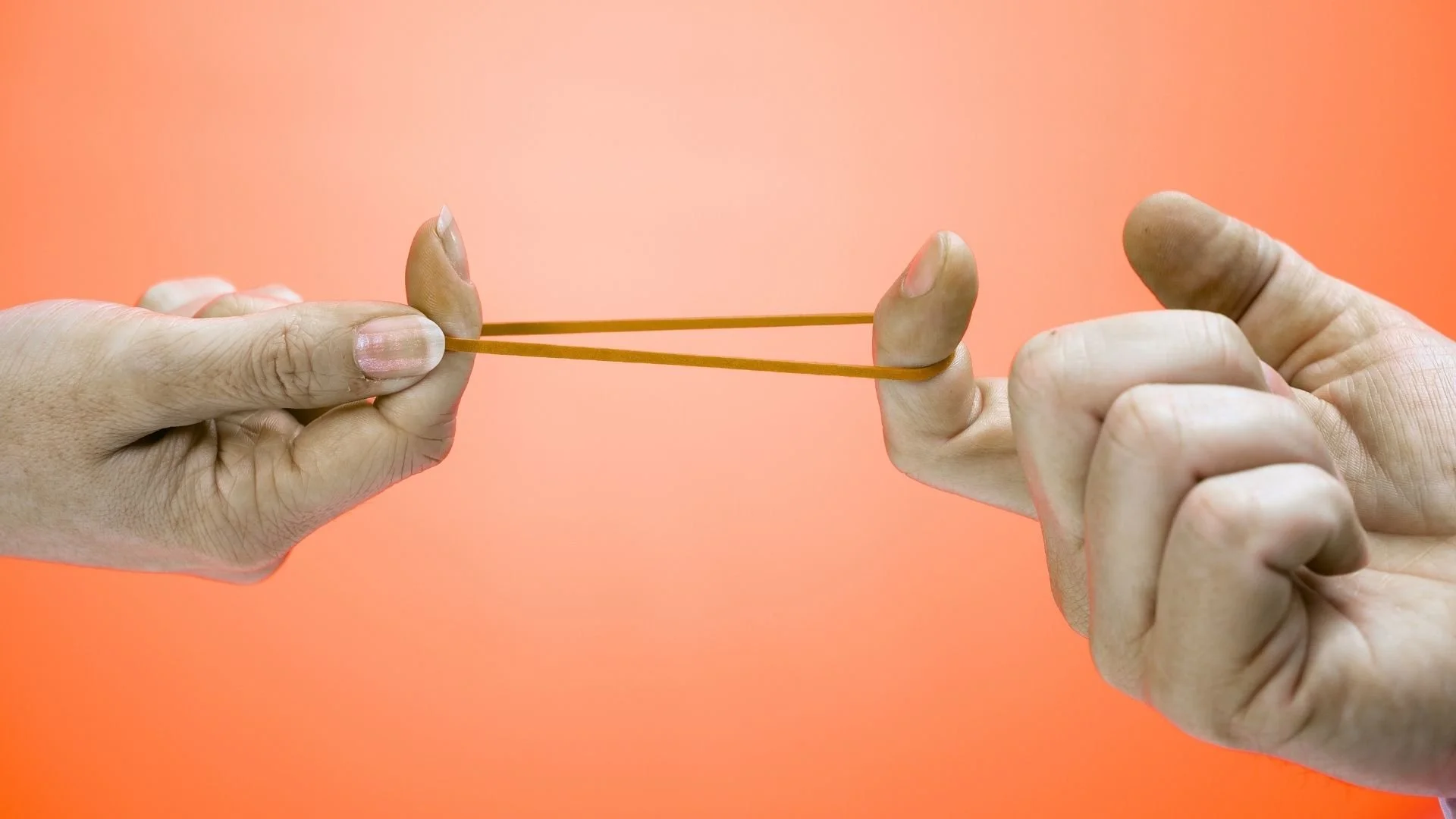Are Your Muscles Actually Weak, Or Just Overworked? The Difference Matters.
You feel a muscle isn't pulling its weight. Maybe your glutes aren't firing in a squat, or your shoulder feels unstable during a press. The logical next step seems obvious: strengthen it. So you hit the gym, add more exercises targeting that specific muscle, and hammer away at it.
But instead of getting stronger, the problem gets worse. The muscle feels tighter, the movement feels weaker, and you're stuck in a frustrating cycle.
What’s going on? You might not be dealing with a truly weak muscle. You might be dealing with a functionally weak one—and treating them the same way is a recipe for failure.
Two Types of "Weakness" - Only One Needs a Beating
In the world of performance and recovery, not all weakness is created equal. Understanding the difference is the key to actually solving the problem instead of just making it louder.
1. The Truly Weak Muscle
This is weakness in its simplest form. The muscle just isn't accustomed to the load you want to put on it. It hasn't been trained enough to handle the demand.
The Analogy: Think of this muscle as a new employee. You can't expect them to put all the reports, run all the positions, and hit PRs on day one. They need to be trained, developed, and gradually given more responsibility.
The Solution: This is straightforward. A smart, progressive strengthening program. You gradually increase the load, and the muscle adapts and gets stronger.
2. The Functionally Weak Muscle
This is where things get tricky. A functionally weak muscle isn't actually weak or untrained. In fact, it's often one of the hardest-working muscles in your body. It feels "weak" because it's already so exhausted (aka physically tense) from performing other tasks that it has nothing left in the tank when you ask it to do more.
The Analogy: This is a thick, strong rubber band that is already stretched to its absolute maximum, holding two things together that are constantly trying to pull apart. It’s under immense, non-stop tension. If you try to stretch it even a tiny bit more, it has no slack left to give. It feels "weak" and unresponsive, not because it's a flimsy band, but because it's already at its limit.
The Problem: The issue isn't the muscle itself, but the surrounding environment. For example, if your hip flexors are chronically tight from sitting, they pull your pelvis forward. Your glutes and hamstrings then have to work overtime, 24/7, just to pull the pelvis back into a neutral position. They are constantly fighting a war of attrition. When you go to do a squat, you're asking these exhausted, overworked muscles to perform a powerful contraction. They are functionally weak.
Why "Strengthening" a Functionally Weak Muscle Makes It Worse
If you misdiagnose a functionally weak muscle as a truly weak one and try to hammer it with more exercises, you’re just screaming at that already tensioned out rubber band to work harder. You’re adding more stress to a structure that's already maxed out. This leads to more fatigue, more tightness, and often, more pain. It doesn’t solve the problem; it amplifies it.
The Real Solution: Find the Slacker
The solution to functional weakness isn't to punish the overworked muscle. It's to figure out why it's so overworked in the first place. The goal is to identify the tight, restricted, or inactive muscles that aren't doing their job, forcing the functionally weak muscle to pick up the slack.
In our example, the solution isn't more glute bridges. It's a targeted approach to:
Release the tight hip flexors that are causing the problem.
Restore proper pelvic alignment through skilled bodywork.
Re-educate the muscles on how to work together as a team.
Once the glutes are freed from their 24/7 job of playing postural tug-of-war, they can finally do what they're actually designed for: powerful, explosive movement.
Some other muscles that tend to be functionally weak because they’re OVERworked:
Pelvic floor in women (and male cyclists)
Upper back muscles: rhomboids, traps, levator scapula
Neck stabilizer muscles: longus capitis and longus colli, semispinalis cervicis
Lower back stabilizer: QL, erector spinae, transverse abdominis
Hips: glute medius
If you feel like you've done all the things trying to strengthen a muscle that just won't respond, it's time for a different approach. Our Revive Sports Massage therapists can help you figure out what's really going on. A proper assessment can tell us if your muscle is truly weak, or just overworked and in desperate need of a little help.
Schedule with one of our massage and stretching therapists today to find if you’re in a truly weak or a functionally weak cycle.

